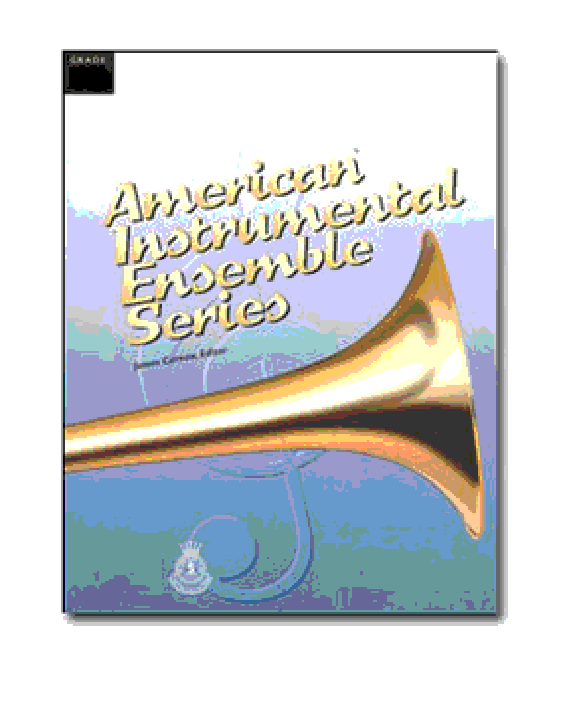| Instrument | |
|---|---|
| Level | 2 |
| Occasion | |
| Theme | What Child Is This? |
| Writer | |
| Publisher | |
| Copyright | 2001 |
| Comments | (Greensleeves) |
What Child Is This?
$24.95
(Greensleeves)
Related products
-
Christ Arose
$12.00Scored for traditional brass quintet, an optional bartione part can be used to expand the piece to a sextet. After an opening upper brass fanfare, the lower parts present the theme in solemn fashion with further extended fanfares from the upper lines. The middle section reverses the stylistic assignments only to be given back to the opening styles. The with a powerful stacking of parts the piece concludes in a triumphant chord.
-
-
-
Assurance March
$9.00A traditional brass quintet with opt. trumpet for horn and extra baritone for use as a sextet. A piece in Alle Breve, is simply stated in block chords with an active bass line. The first strain, is repeated, and follows traditional march scoring. The second section is a bit slower and again in block chord structure, but this time with a first trumpet obbligato. With a regaining of tempo and style the piece becomes stronger until a grandiose ending.
-
Count Your Blessings
$9.00Be ye thankful! Written for standard woodwind quintet with optional parts, this piece is highly decorated melodically and active rhythmically. It gives both the sense of majesty and joy.
-
Brighten The Corner Where You Are
$12.00A standard brass quintet with optional trumpet for horn. As one might expect the piece is cheerful from beginning to end. After a bright intro, the trumpet carry the tune until handed over to the middle voices with flourishes in the trumpets. After a transition that leads upward to an exciting climax. The piece abruptly shits to a quiet and expressive section lead by the trombone on the theme where it all builds to another zenith and once again abruptly goes quiet. A modulation and meter shift and the piece becomes countrapuntally gentle.. A meter shift back to the beginning and an exuberant building to a joyous conclusion.
-
Blessed Assurance
$9.00This woodwind quintet (with opt. parts) is constantly on the move. While the melodic material is always made aware, the accompanying parts are full of movement. Even with metrical changes there is a constant flow giving a sense confidence and resolve. It bubbles from beginning to end and finally makes a solid statement of assurance.
-
Only A Sinner
$10.00A woodwind quartet for Flute, oboe, and two clarinets with optional parts for flute and alto sax. Plus a set of fifth parts for bassoon or bass clarinet can allow for the piece being a quintet. The first statement is in the clarinets where it leads into a full ensemble passing the lines amongst the parts. A delightful little segue leads to a modulation where the tune is in the lower lines alternated with flourishes in the flutes. This Alternating texture carries on for some time. Then the tempo picks up for a vibrant exclamation where the theme is once again bantered about where it makes one final boast and concludes.









